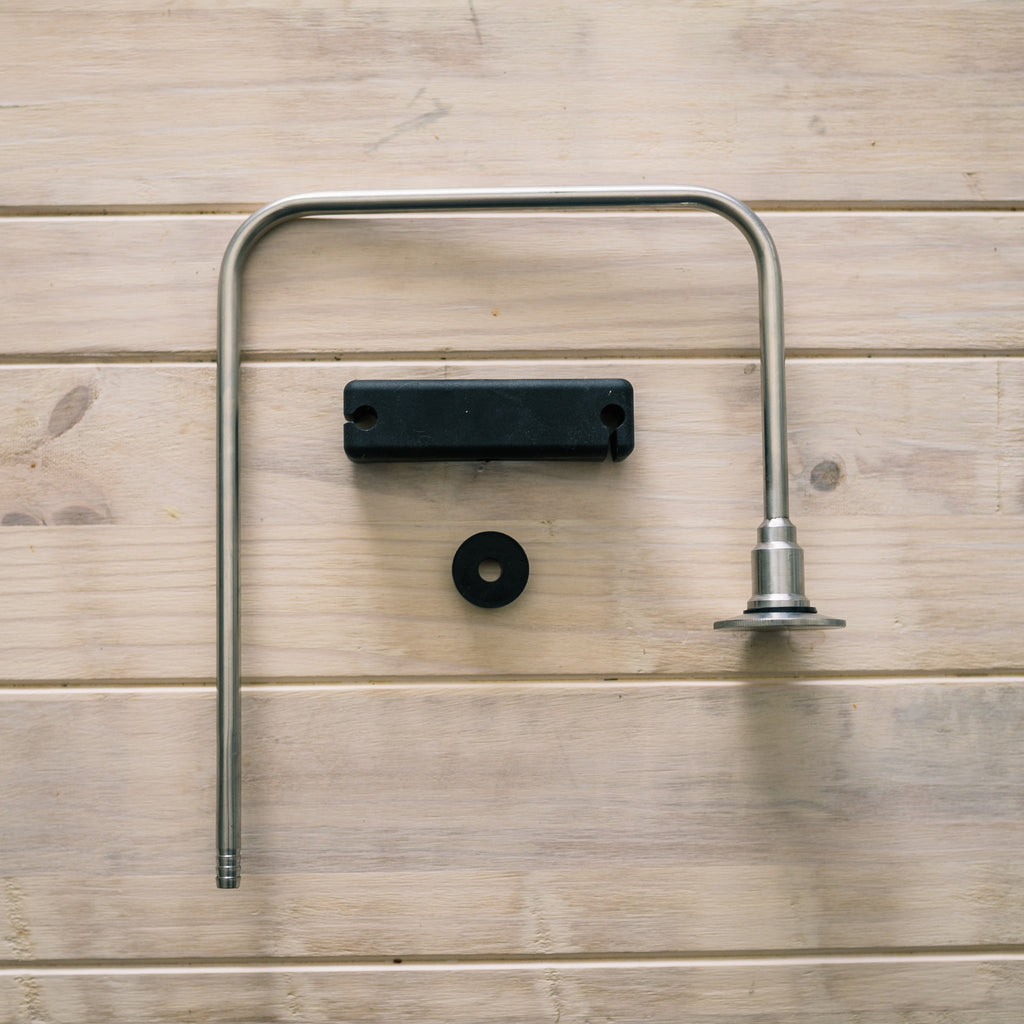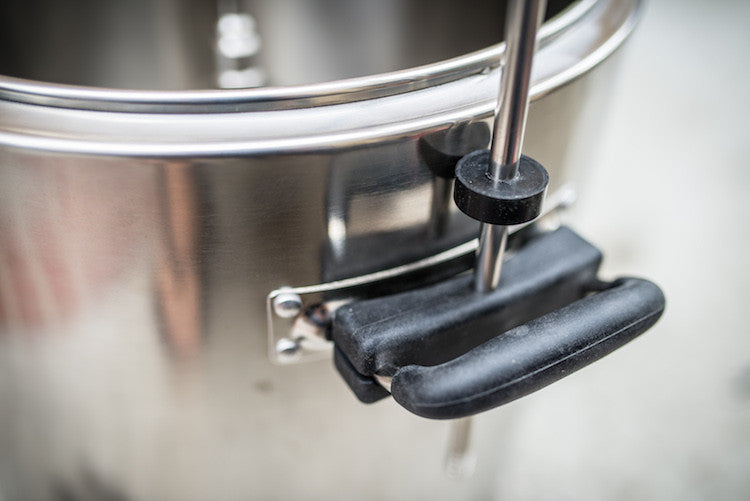augiedoggy
Well-Known Member
Yes and no...
With RIMS, probably not. With HERMS, depends upon efficiency.
With HERMS we're going to be using our HLT water later for sparging AND of course, IDEALLY you don't want to raise the temp of the wort coming out your HEX/RIMS tube up into the mashout / enzyme denaturing temp ranges as it will hurt our precious enzymes. When you tweak a recirculating mash system this way you will get slower temperature ramps; the speed is also dependant upon the efficiency of the HEX in a HERMS system -with many people using stainless steel coils in HLTs now after the example of Kal's theelectricbrewery.com system, the efficiency can be pretty low ESPECIALLY if you're not stirring or whirlpooling the water in your HLT.
-Combine all these factors with a completely uninsulated keg-based mashtun and you can end up with very slow temperature steps that many people are seeing the purpose of temperature steps is to have MORE control over the process and the enzyme activation times; when you can't move quickly enough from one temperature to another you end up resting too long and the whole brewday takes longer.
Insulation can definitely help increase your temp ramp speed and give you more control which is the purpose of HERMS/RIMS in the first place. An insulated mashtun (which is a standard in the British brewing tradition) also means that you can do super simple infusion mashes that don't REQUIRE any application of heat to hold temp for the entire hour or 90 minute mash time.
Insulation also means increased energy efficiency and decreased costs (although I admit that electricity is a very minor contributor to costs at home brew scale).
Adam
But all I keep hearing from herms users is how they perform just as well and have all these advantages over rims that make them superior
Agreed though... and thats why I switched from herms to RIMS...I built my rims for $100...so no need for $200-400 insulated stainless mashtuns just to get the cleanability and bling factor of stainless. (and overcome the herms weaknesses) .
Truth be told though A lot of people use herms fine without insulated tuns like kal I believe...












































![Craft A Brew - Safale BE-256 Yeast - Fermentis - Belgian Ale Dry Yeast - For Belgian & Strong Ales - Ingredients for Home Brewing - Beer Making Supplies - [3 Pack]](https://m.media-amazon.com/images/I/51bcKEwQmWL._SL500_.jpg)





















